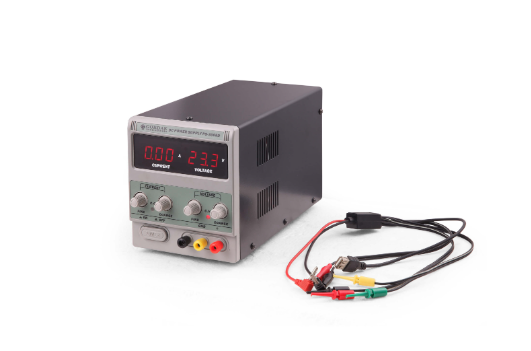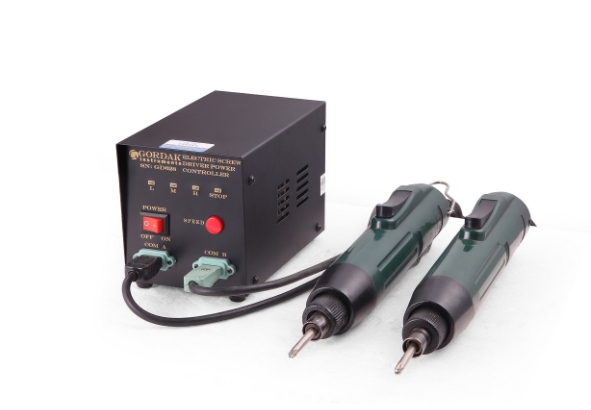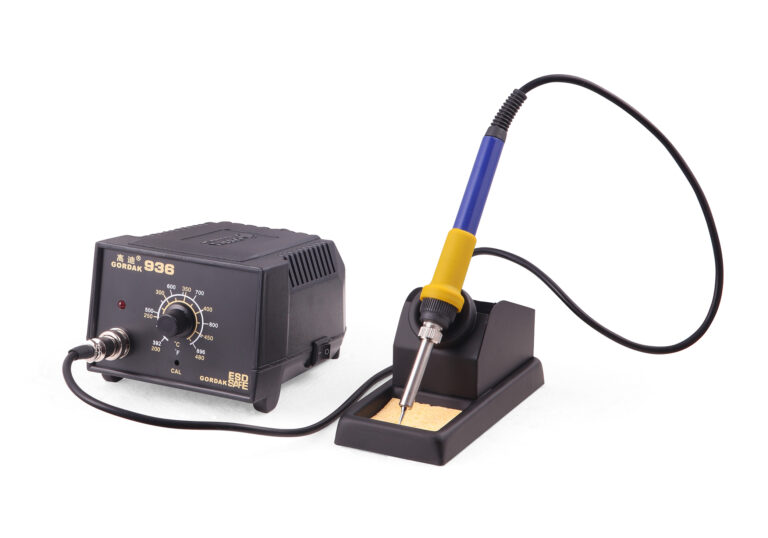Welding is frequently thought of as an intimidating trade. But choosing the right welding power source can be equally intimidating and overwhelming. Whether you’re new to welding or want to upgrade your machine, it can be difficult to know what to look for.
Select the Proper Power Supply
Welding power source types are defined by how they modulate electrical currents and what arc welding process is best supported by this modulation:
Direct Current (DC)
A DC power source is a flow of electrons in a single direction through a circuit. In welding, it creates a steadier arc and smoother output. It can be used to weld with a negative ground, or the flow of electrons can be reversed to flow toward a positive ground in reverse polarity.
Alternating Current (AC)
The AC power source is the bidirectional flow of electrons in which the polarity shifts a hundred or more times per second from a negative to a positive ground. Arcs tend to be less stable and welding is harder to control. However, AC welding can break apart oxide formation and allow for purer welding in some processes.

Pulsed Current
This is a form of DC welding in which the current goes from a high peak current to a lower background current at a frequency determined by the operator. This narrows the arc, allowing greater penetration while reducing the effect on surrounding materials. As a result, pulsed current welding is an excellent choice for welding thin metal or performing deep welds on thicker materials.
Pulsed Voltage and Heat
Pulsing GMAW power supplies focus on controlling pulsed voltage and heat applied to the consumable electrode. Controlling the pulsed voltage (heat) and wire feed speed allows greater control over how the wire melts and the rate of deposition. Adaptive pulse GMAW carefully monitors feedback and automatically compensates to keep the arc consistent despite variation by the welder and differences in height and joint location.
Additional Items to Consider
Once you have your welding process and the type of power source selected you should consider a few more key items to determine the size including:
What is your Input Power?
Your power source needs to match the type of input power available. The amount of electricity your welding system needs will ultimately depend on the type of power supply you select.
Single-phase: 115, 200 or 230 VAC
Three-phase: 230, 460 or 575 VAC
Material Thickness
Simply put, the thicker the material the more power required.
Duty Cycle
Duty cycle is the percentage of arc on-time a welding power supply can operate in a given period. One of the most common mistakes welders make is under-sizing their power source. It’s important to understand how much amperage your power source can generate at any given duty cycle and ensure it’s MORE than enough to meet your demands.
Understanding the types of welding processes and power supply types is a large undertaking and can be overwhelming but a reliable power source will serve you for many years.

Before You Buy
One of the most important elements to consider when shopping for a new machine is the warranty and certification. Odds are, you will need good warranty and technical support during the life of your machine. Be sure to purchase a machine from a reputable company and brand.
GORDAK make the customer number one and provide the customers with the quality, soldering station, SMD rework station, Ultrasonic Cleaner, welding power source and so on. Partner with us if you have any needs for above mentioned products. We will be your best choice.



